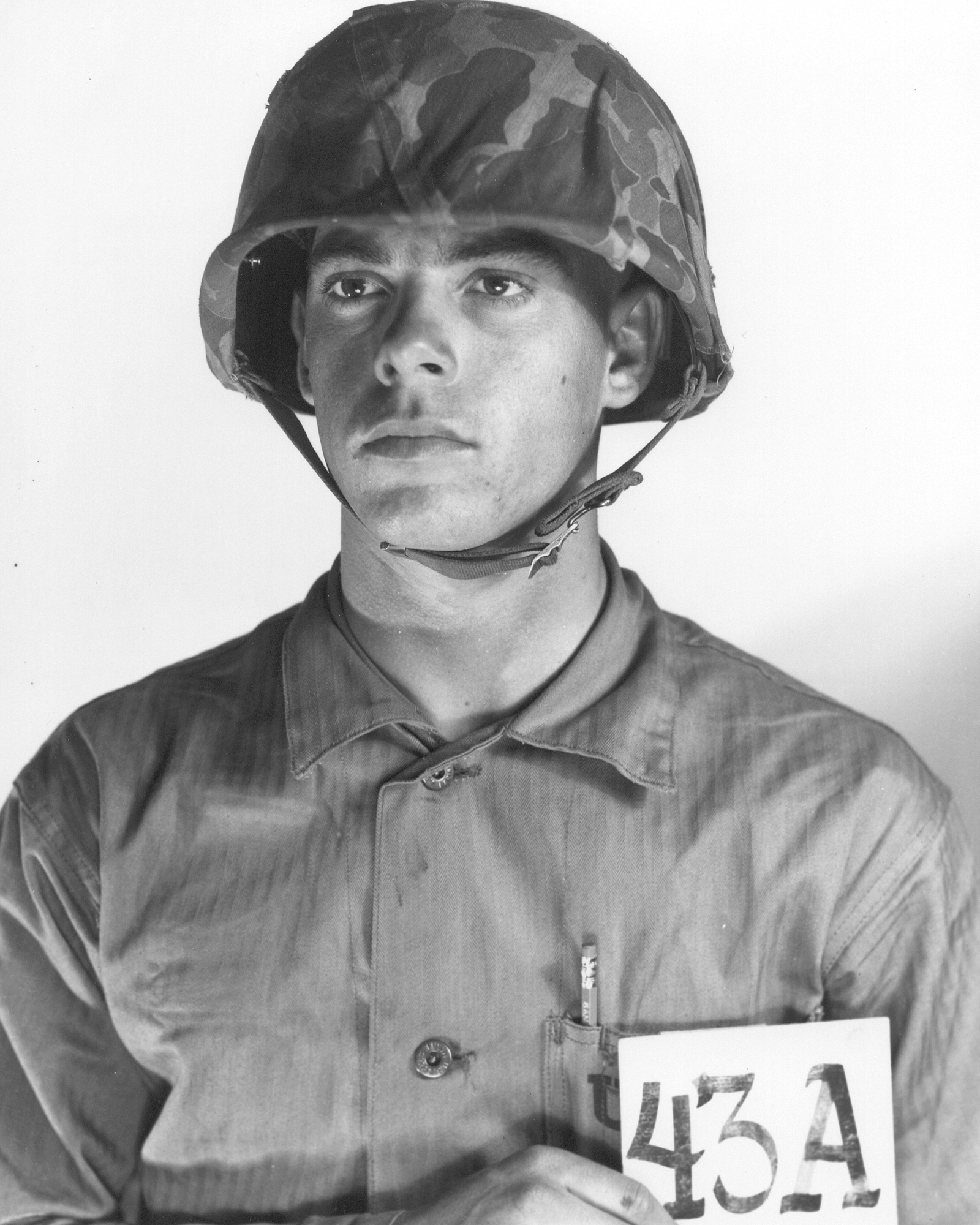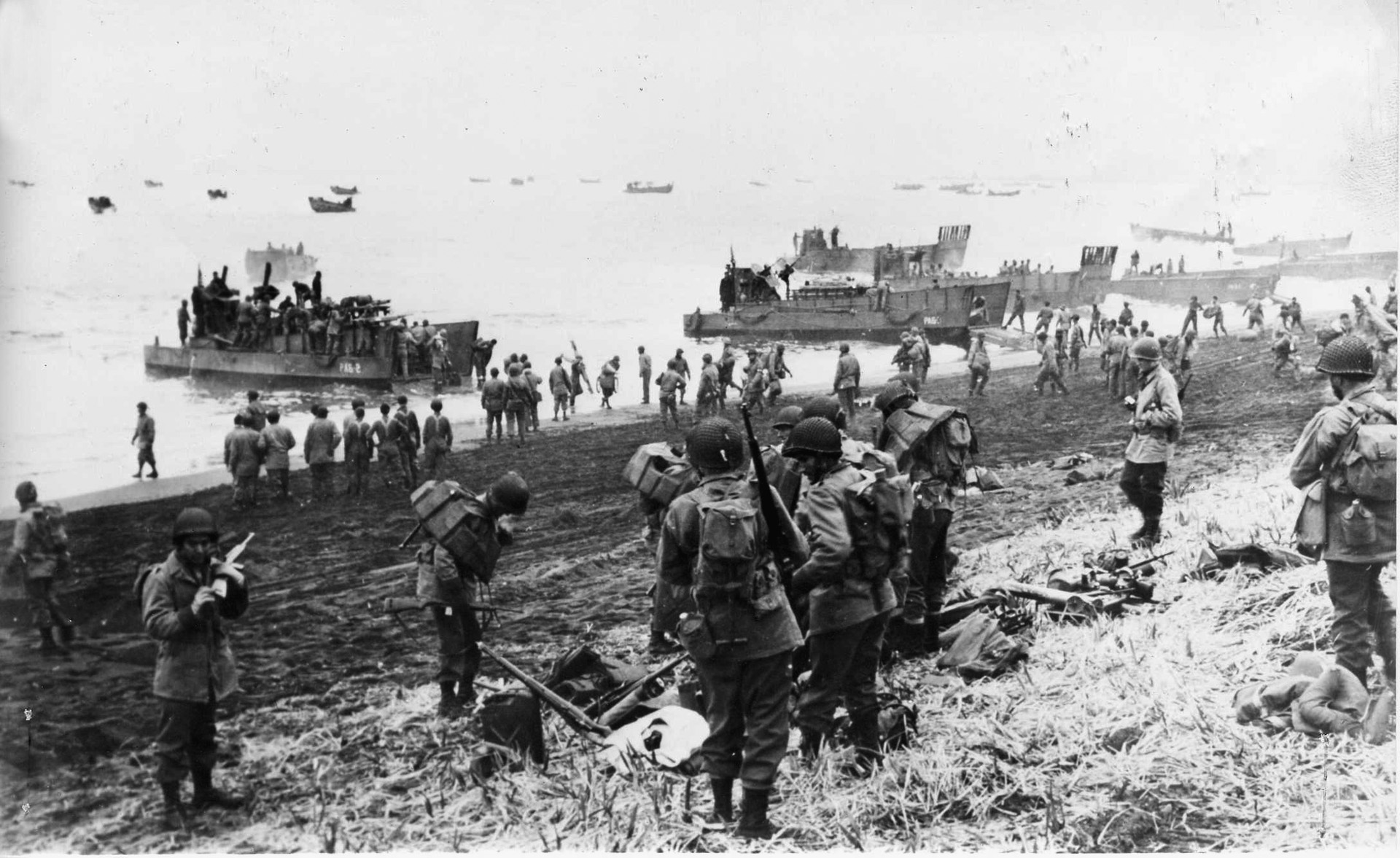The Triangle of Death, an area south of Baghdad, gained notoriety during Operation Iraqi Freedom (2003-2011) as a cauldron of sectarian violence, insurgency, and relentless attacks on coalition forces. Situated between Baghdad and Al Hillah, this region, inhabited predominantly by Sunni Muslims, witnessed some of the fiercest fighting and most complex challenges faced by U.S. and allied forces.
The Geography of Conflict
The Triangle of Death's name derives from its triangular shape, bordered by the Euphrates River to the southwest, and major towns like Yusufiyah, Mahmudiyah, and Latifiyah within its boundaries. Its predominantly rural landscape, crisscrossed by irrigation canals and dotted with small farms, offered ample cover for insurgents to launch attacks and evade capture.
A Breeding Ground for Insurgency
Several factors contributed to the Triangle of Death's volatile nature. The Sunni population, feeling marginalized after the fall of Saddam Hussein's regime, became fertile ground for insurgent recruitment. Al-Qaeda in Iraq (AQI), led by Abu Musab al-Zarqawi, exploited this discontent, orchestrating a campaign of suicide bombings, kidnappings, and assassinations targeting both coalition forces and Shia civilians. The presence of key infrastructure, such as the Musayyib Power Plant, further fueled the conflict. Insurgents repeatedly targeted the plant, disrupting power supply and undermining efforts to restore normalcy.
Coalition Forces and the Battle for Control
U.S. and allied forces faced numerous challenges in the Triangle of Death. The insurgents' guerrilla tactics, coupled with the local population's reluctance to cooperate, made it difficult to distinguish friend from foe. IED attacks, ambushes, and sniper fire became a constant threat, taking a heavy toll on coalition soldiers.
To gain control, the U.S. military established numerous forward operating bases (FOBs) and patrol bases throughout the region. These outposts served as staging areas for combat operations and provided a measure of security to surrounding areas. However, they also became targets for insurgent attacks.
The Human Cost
The Triangle of Death witnessed some of the Iraq War's most brutal and tragic incidents. The kidnapping and subsequent execution of U.S. soldiers, as well as the massacre of Shia civilians in towns like Yusufiyah, fueled sectarian tensions and further destabilized the region. Iraqi civilians bore the brunt of the violence; caught in the crossfire between insurgents and coalition forces, they faced displacement, economic hardship, and the constant fear of death.
Shifting Tides and Fragile Peace
By 2007, the surge of U.S. troops, combined with the Sunni Awakening movement, which saw Sunni tribes turn against AQI, began to yield results. The level of violence in the Triangle of Death gradually decreased though sporadic attacks persisted. The withdrawal of U.S. forces in 2011, however, left a security vacuum which was exploited by resurgent Sunni extremist groups, including the Islamic State of Iraq and Syria (ISIS). In 2014, ISIS briefly captured parts of the Triangle of Death, but Iraqi forces, backed by U.S. airstrikes, managed to repel them.
Legacy and Reconstruction
The Triangle of Death remains scarred by the years of conflict. The physical and psychological wounds are deep, and the process of rebuilding trust and fostering reconciliation is ongoing. Despite the challenges, there are signs of progress. Local initiatives, supported by international organizations, are focused on providing essential services, promoting economic development, and healing the scars of war.
The Triangle of Death's story is one of tragedy, resilience, and the ongoing struggle for peace in a region marked by deep-seated divisions and the scars of war. It is a reminder that while military victories may be achieved, true peace and stability require a multifaceted approach that addresses the root causes of conflict and empowers local communities to build a better future. With tensions in the region once again on the rise, the potential for this hotspot to become a killing field again is sadly rising.



%201.svg)











